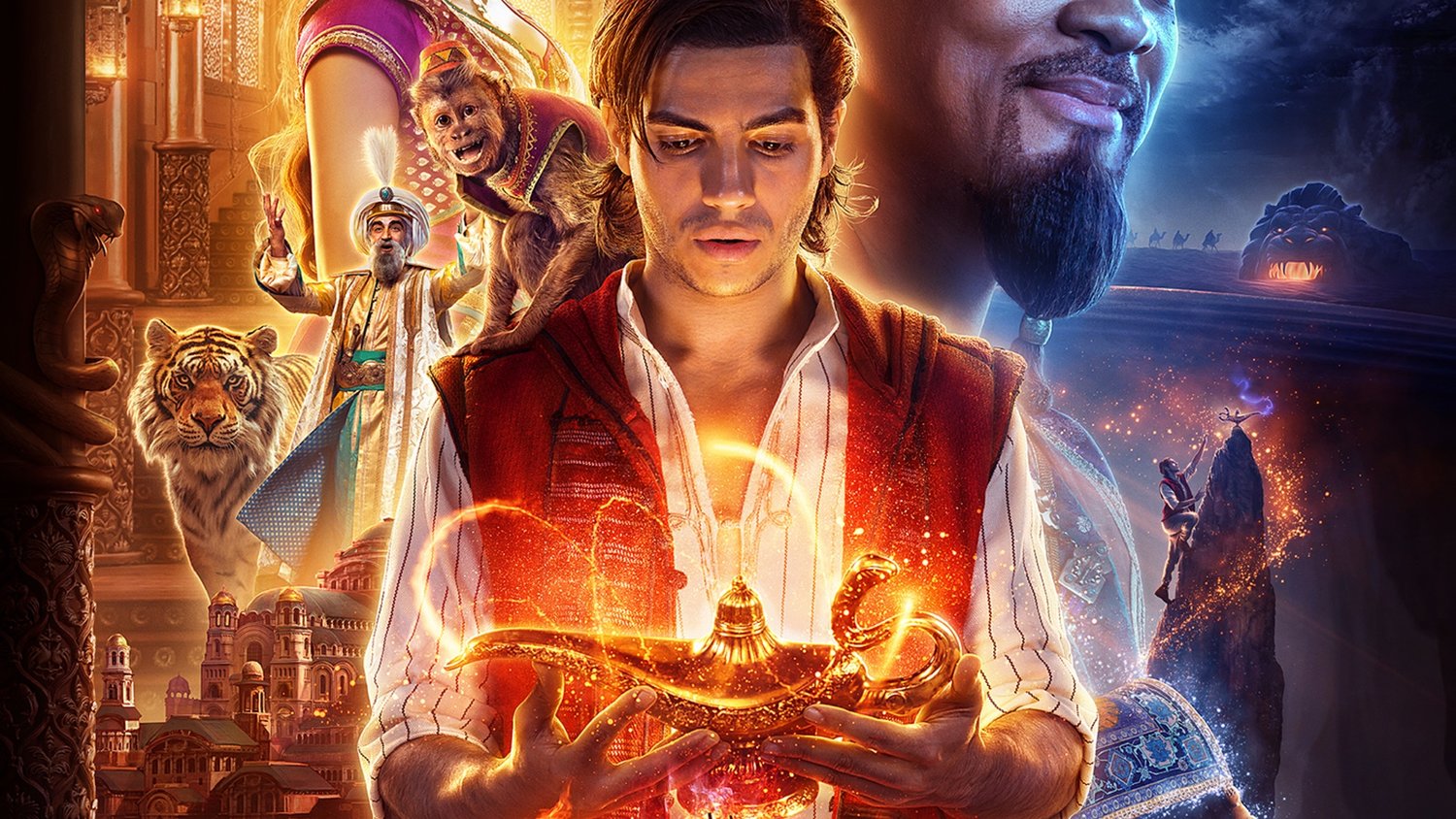A whole new world. That’s exactly what representation in media gives children who do not see often see themselves; a whole new world of possibilities. If you were a fan of the original Aladdin film released in 1992, you might not need any further encouragement to show up at the theatres this weekend, but for many of us of Asian or Middle Eastern descent, the movie is much more than a remake. It’s an opportunity for young children- and our own inner child- to see our reflection on the big screen.
As a child, Jasmine was the only princess I ever emulated for Halloween. Before her, Disney gave us Cinderella, Sleeping Beauty and Belle from Beauty and the Beast. Belle at least had brunette hair, but it was the bold colors of Jasmine’s clothes that reminded me of my mother’s traditional attire and the vibrance of Agrabah that infused a sense of pride in me as a young half-Asian girl. Now looking back, I realized her strength, independence, and compassion were important characteristics to replicate, but at the time all I knew was that I saw myself in her.
Though diversity in media still has a long way to go, major blockbuster hits such as Black Panther and Crazy Rich Asians have proven to Hollywood that actors of color in lead roles are profitable. These movies were more than just box office darlings; they ignited a movement for audiences of color who came out in droves to finally witness representation that they had waited so long to see. Communities recognized the importance of children getting the opportunity to see such history for themselves during Black Panther’s release, and soon, news of sold out theatres and viral videos of students receiving free tickets added to the excitement of the premiere.
Representation matters, especially for young viewers who could have their common perceptions challenged, and hopefully dismantled, regarding concepts such a racism or gender roles. 2017’s Wonder Woman is an example of the power of a film even after a child has seen it. The representation of a female protagonist with superpowers was obviously an opportunity for young girls to finally join in on all of the superhero fun, but there was also a profound effect on young boys. Something as simple as a young boy wanting a Wonder Woman lunch box has the power to change long-standing mindsets and behaviors in individuals and beyond, extending further than the walls of the theatre.
Disney’s live-action adaptation of Aladdin premiering this weekend also has that same potential for impact on children who have yet to see a film with people of Middle Eastern or Asian descent as main characters, particularly who are not terrorists or the token Asian sidekick. The film’s release, in the midst of Asian Pacific American Heritage Month (APAHM) nonetheless, is an opportunity to see an entertaining musical full of talented dancers, singers and actors that are rarely seen in film.
In a recent interview, Mena Massaud, the Egyptian-Canadian actor who plays the role of Aladdin, said, “I think this film is really important and it’s a representation. And hopefully if it does well in cinemas, Hollywood can kind of have confidence in the fact that you can put a Middle Easterner in a lead role and in these iconic roles and it will still do well.”
According to a recent study by The Annenberg Inclusion Initiative which investigated over 1,000 top films from 2007 to 2017, less than 5% of actors with speaking roles were Asian. Worse yet, Middle Eastern actors made up less than 2%. In Jack Shaheen’s book, Reel Bad Arabs: How Hollywood Vilifies a People, he found that 932 of the 1,000 films he studied depicted Arabs in a negative light, often as terrorists or other demeaning stereotypes. Children born post 9/11 in particular have grown up in a country where there has been an increase in negative coverage throughout their lives.
I can’t help but wonder what message is being sent to the youth of America when we ignore or misrepresent entire races, ethnicities and cultures. With the steady rise of xenophobia and Islamophobia in the United States and abroad, the power of a film like this should not be underestimated. Fighting populism with Disney may sound silly or naive to some, but the possibility of young children wanting to visit Agrabah or wear a backpack with someone of color on the front is far from trivial.

I must note that the film has had plenty of criticism over casting and will hopefully avoid the colorist stereotyping from the original film. There is also a chance that the film may depict Agrabah as an exotic and foreign land perpetuating existing stereotypes of the Far East. Hopefully, this will not outweigh the potential benefits of on-screen representation.
Parents- taking your children to see Aladdin might not be as magical as a carpet ride, the support of breaking barriers and prejudices can be just as enchanting.


